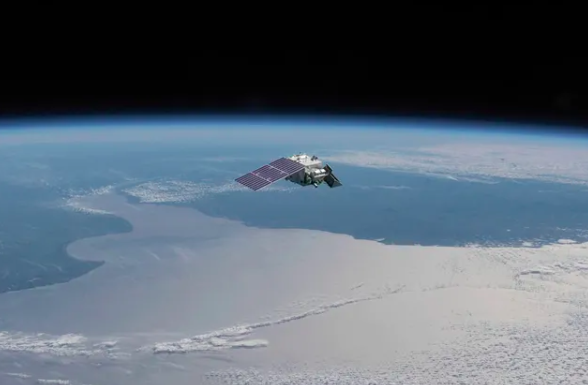NASA has once again demonstrated its prowess in exploring the mysteries of our planet and beyond with the successful launch of the Plankton, Aerosol, Cloud, ocean Ecosystem satellite (PACE). This innovative mission aims to delve into the microscopic realm of plankton, aerosols, and clouds from a vantage point hundreds of miles above Earth, shedding light on their profound impact on the global ecosystem.
With a keen focus on understanding how seemingly minuscule entities influence the planet’s climate dynamics, PACE heralds a new era of scientific inquiry. NASA Administrator Bill Nelson highlighted the mission’s significance in unraveling the intricate interplay between atmospheric and oceanic particles, crucial for comprehending the mechanisms driving global warming.
At the heart of PACE’s mission lies the study of phytoplankton, the unsung heroes of our oceans. These microscopic plants, often overlooked, play a pivotal role in regulating carbon dioxide levels and sustaining marine life. Through photosynthesis, phytoplankton absorb carbon dioxide and produce oxygen, making them indispensable allies in combating climate change.
The hyperspectral ocean color instrument aboard the PACE satellite promises groundbreaking insights by enabling the identification of phytoplankton species based on their distinct spectral signatures. This capability holds immense potential for monitoring changes in marine ecosystems and detecting phenomena like harmful algal blooms.
Moreover, PACE’s comprehensive suite of instruments extends its gaze beyond the oceans to the atmosphere, where aerosols wield significant influence over air quality and climate dynamics. By scrutinizing aerosol composition and behavior, scientists seek to refine climate models and enhance our ability to forecast future environmental trends.
However, the pursuit of geoengineering solutions, such as deliberate manipulation of aerosols or oceanic ecosystems, remains contentious. While some propose leveraging phytoplankton’s carbon sequestration potential or deploying aerosols to mitigate global warming, concerns about unintended consequences and ethical implications loom large.
Amidst these scientific endeavors, PACE stands as a beacon of exploration, poised to unlock the secrets of Earth’s intricate ecosystems and provide valuable insights into humanity’s role in shaping the planet’s future. As the satellite embarks on its mission from Cape Canaveral Space Force Station, it symbolizes humanity’s collective quest for knowledge and stewardship of our precious planet.

